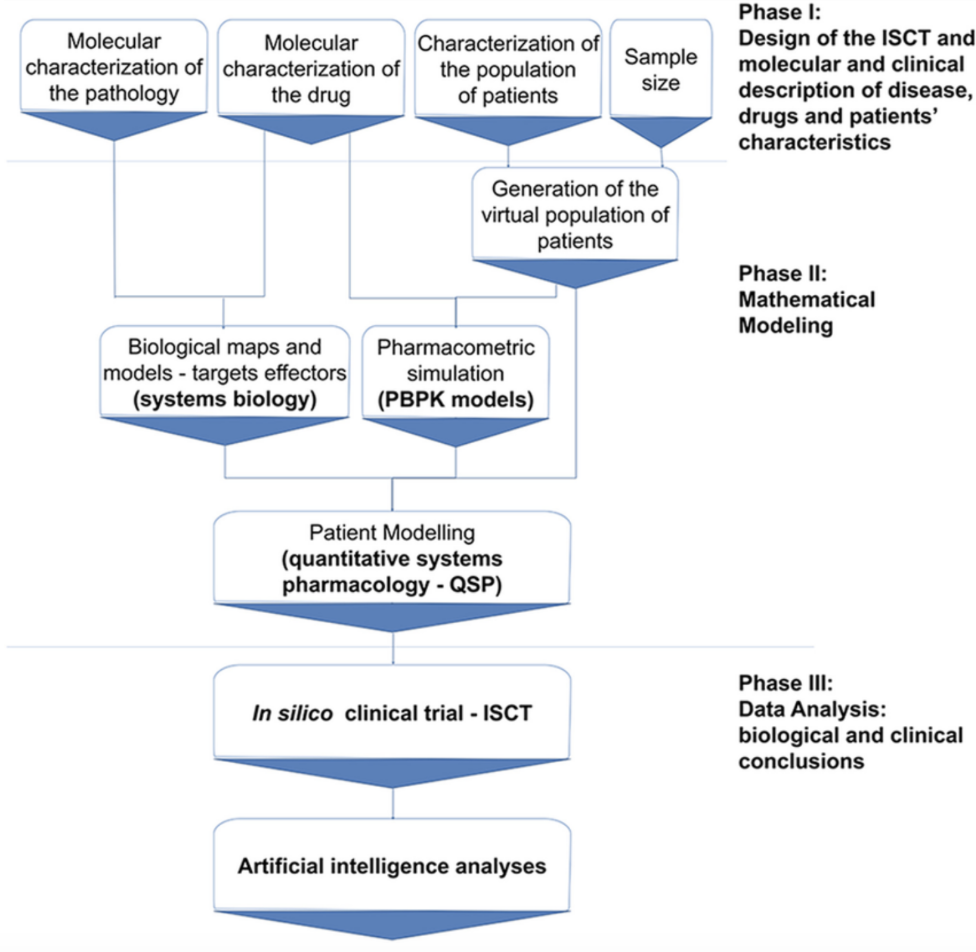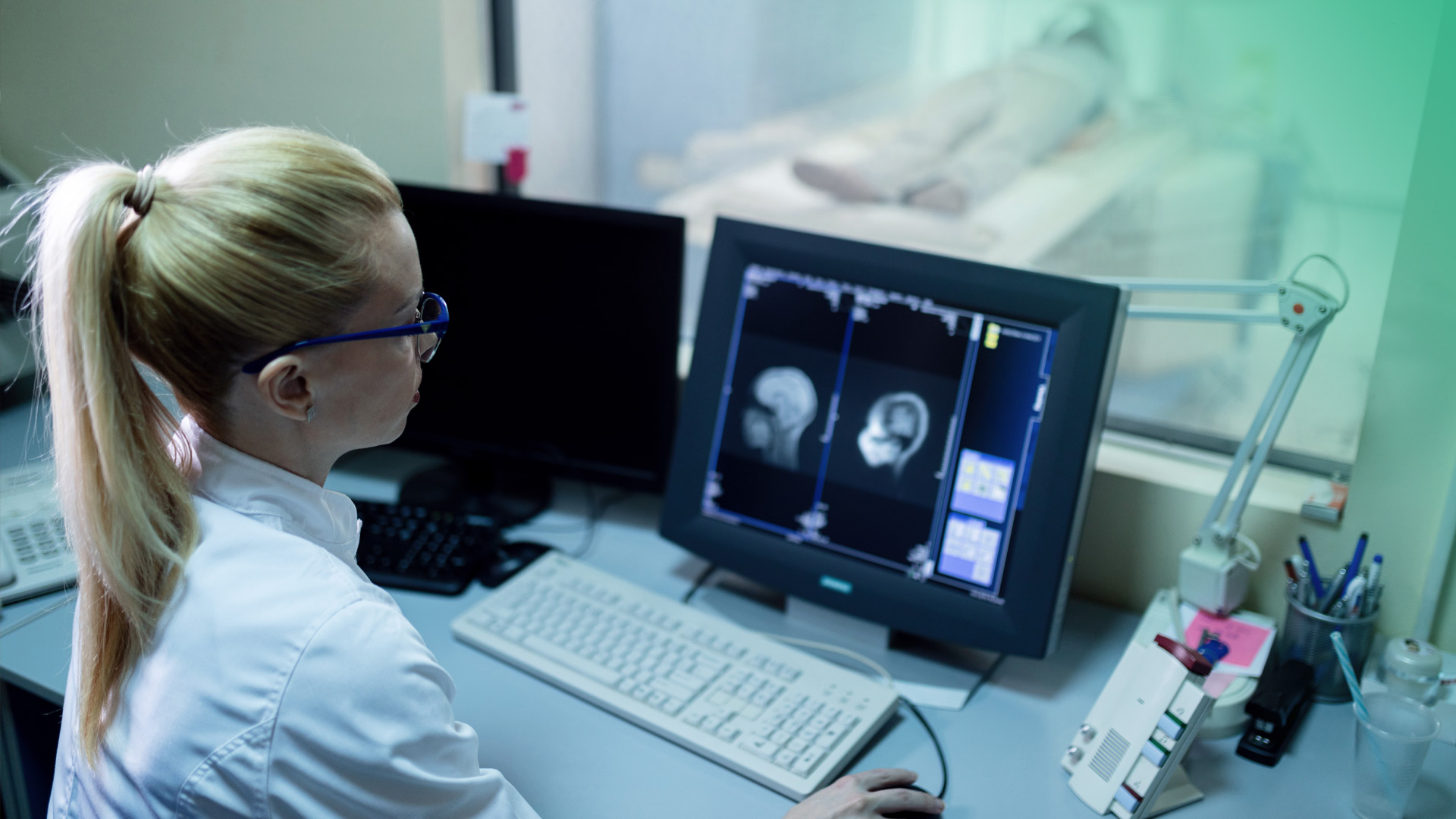
 Computer simulations use patient-specific inputs to guide precision dosing through PK/PD models.
Source: ResearchGate
Computer simulations use patient-specific inputs to guide precision dosing through PK/PD models.
Source: ResearchGate
 In silico clinical trial protocol overview.
Source: ResearchGate
In silico clinical trial protocol overview.
Source: ResearchGate




We use cookies to enhance your browsing experience, serve personalized ads or content, and analyze our traffic. By clicking "Accept All", you consent to our use of cookies.